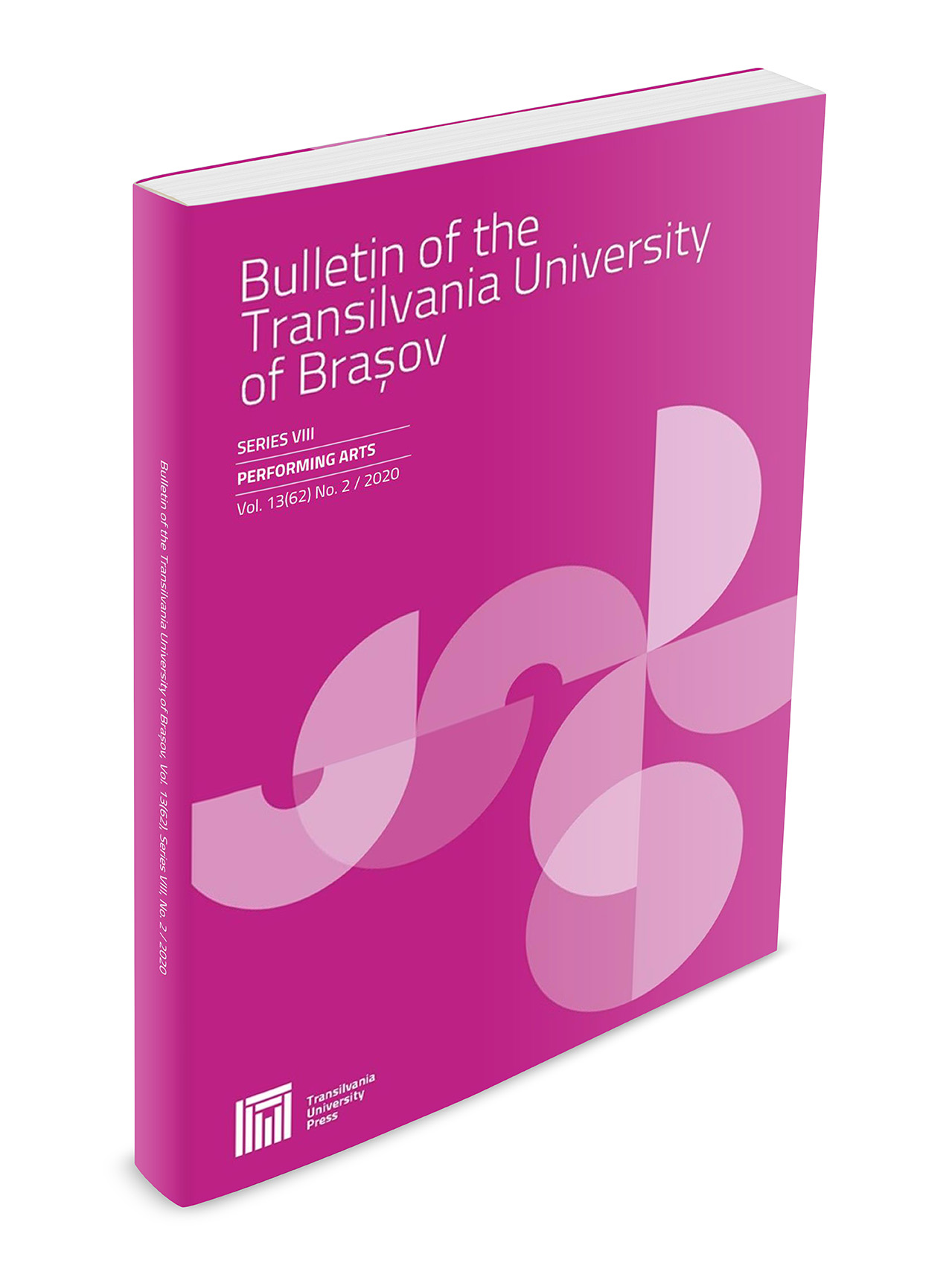“Study for the Left Hand” by Bela Bartok
DOI:
https://doi.org/10.31926/but.pa.2022.15.64.2.5Keywords:
study, Left Hand, piano, analysis, Bela BartokAbstract
The complexity of the artistic personality of the musician Bela Bartok also includes his works for the piano, he himself being a master of the keyboard, who, in his capacity as a composer, was concerned with enriching the piano art with new technical and aesthetic means. The "Study for the Left Hand" was originally intended as the first movement of a piece entitled "Sonata", but Bartók did not continue to compose the other parts. The initial idea grounds the construction of the work on the three dominant sections of this strict form. The tonality of the secondary theme is F major and the structure is that of a simple tripartite lied, consisting of three periods. Each period consists of two symmetrical phrases. The F sound of the bass, on which rests the cadential chord of the exposition passing into the soprano opens the second large section of the sonata, the development. The first part of it elaborates the expressive theme of the bridge. The secondary theme appears at the end of the development, having a more prominent romantic profile. The concluding theme draws soaring arcs and the Coda brings the main theme descending for the first time, ending the work with a final declamation of the main motif, which travels triumphantly through the registers of the keyboard.
Downloads
Published
Issue
Section
License
Copyright (c) 2022 Bulletin of the Transilvania University of Braşov. Series VIII: Performing Arts

This work is licensed under a Creative Commons Attribution 4.0 International License.




